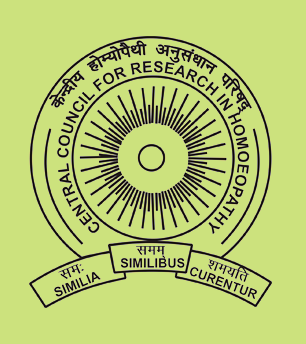Indian Journal of Research in Homoeopathy
Keywords
Epidemics, Homoeopathy, Nosodes
Article Type
Review Article
Abstract
Background: Nosodes are the homoeopathic medicines prepared from diseased products of biological origin. These are commonly used in clinical practice for the prophylaxis and treatment of ailments including infectious diseases. Objective: This review aims at the usage of nosodes for the management of epidemics. Methods: The homoeopathic research literature was searched to find examples of the use of nosodes in different ways and to evaluate their role and position in homoeopathic practice with special reference to epidemic diseases. Results: Research evidence for use of the nosodes as prophylactics and for the treatment of various infectious and non-infectious diseases is emerging. Nosodes such as Meningococcinum,nosoLEP and Malaria officinalis have been used successfully in controlling meningitis, leptospirosis and malaria, respectively. The use of nosodes as isopathy is somewhat acceptable in the mainstream medicine due to its similarity to vaccination. Although it is feasible to use nosodes in a short span of time and can be administered easily, the method of preparation and the safety issues are of much concern and therefore, should be used with utmost care. The safety issues outlined by the World Health Organization should be satisfied before their application in public health. Conclusion: The challenge for the future is to refine the method of preparation and to develop a harmonised way of preparing the nosodes, which is conducive to all the homoeopathic pharmacopoeias across the globe. Nosodes prepared as per the homoeopathic principles have potential to be used as prophylactics in epidemics, but only if there is sufficient experimental evidence of its effectiveness and safety.
Digital Object Identifier
10.4103/ijrh.ijrh_46_20
Publisher
Wolters Kluwer India Pvt. Ltd.
How to cite this article
Nayak D, Varanasi R. Homoeopathic nosodes, a neglected approach for epidemics: A critical review. Indian J Res Homoeopathy 2020;14:129-135. doi: 10.4103/ijrh.ijrh_46_20



